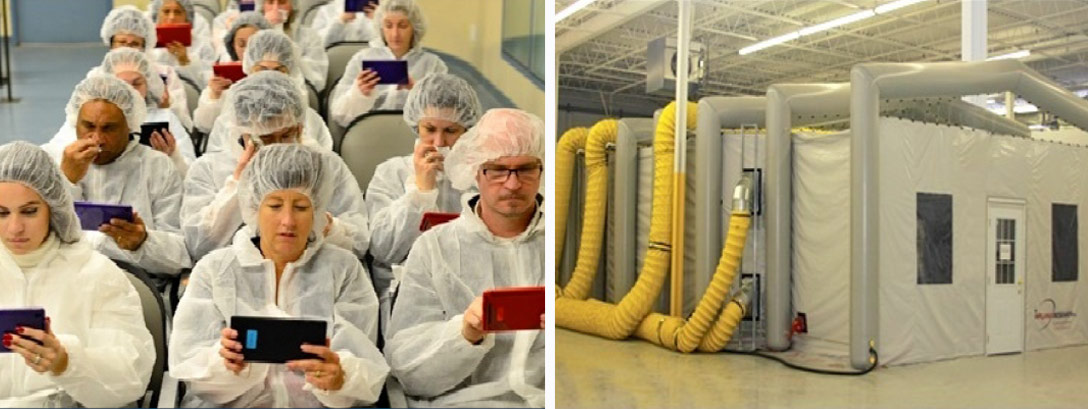CLIANTHA RESEARCH LIMITED
Opposite Pushparaj Towers, Near Judges Bungalows, Bodakdev, Ahmedabad-380 054.
Respiratory clinical trials conception to completion, during this process we provide specialised expertise and facilities to carry out cutting edge clinical research.
Natural allergen Environmental Exposure Chambers (EECs) are state-of-the-art facilities that tightly regulate temperature and humidity, while simulating the level of allergen exposure patients would encounter in their everyday lives.
Our EECs represents the next generation in EEC technologies in which allergen exposure is highly specific, accurate, and precise, thus improving research outcomes in allergy development. The EEC provides uniform airborne allergen distribution across the patient seating and peripheral areas. By monitoring patients throughout the exposure period, compliance is ensured and nasal, bronchial, and ocular signs and symptoms may be evoked consistently and safely.

To combine the advantages of the EEC with the necessity to conduct large, geographically diverse phase III trials, Cliantha has developed mobile EEC (mEEC™) technology. mEECs™ are validated to the same rigorous standards as our fixed EECs, and provide the versatility to have multiple, identical mEECs across a multicentre study. This allows for a better or clinically symptomatic patient to be enrolled.
The mEECTM approach is perfect for the study of allergen-specific therapies where it can be difficult, even impossible, to study one allergy in isolation of other interfering allergies.
The design of proprietary allergen models focuses on delivering uniform and reproducible allergen exposure. The EEC allows many advantages to the traditional field model by providing a large variety of study types and clinical endpoints to be investigated.
Cliantha Research, provides consultation services to make sure your study design, endpoints, biomarkers, and qualitative and quantitative methods achieves the desired outcomes when approaching regulatory authorities worldwide.